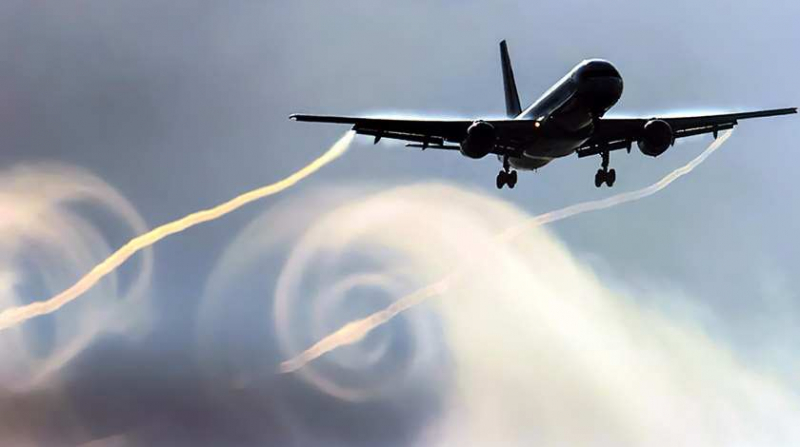Turbulence
In classical terms, turbulence occurs when gases and liquids, often known as fluids, enter a disordered, chaotic condition. Think of the way water quickly swirls around near rocks in the ocean or how coffee quickly stirs when you add milk to it.
Since there is still no agreed-upon definition of what turbulence actually is, the phenomenon is difficult to comprehend in contemporary terms. Even though many scientists have attempted to overcome this issue in various ways, the molecules move in a manner that cannot be predicted by our current models when there is turbulent flow.
It has to do with the more general issue of representing fluid motion in recognized mathematical concepts and equations, which is still incredibly difficult to do. The Navier-Stokes equation can be solved, which is the first step in creating a useful equation to describe turbulence, if you want to give it a shot. One of the seven Millennium Prize puzzles put forth by the Clay Institute, it carries a $1,000,000 prize for its solution.












